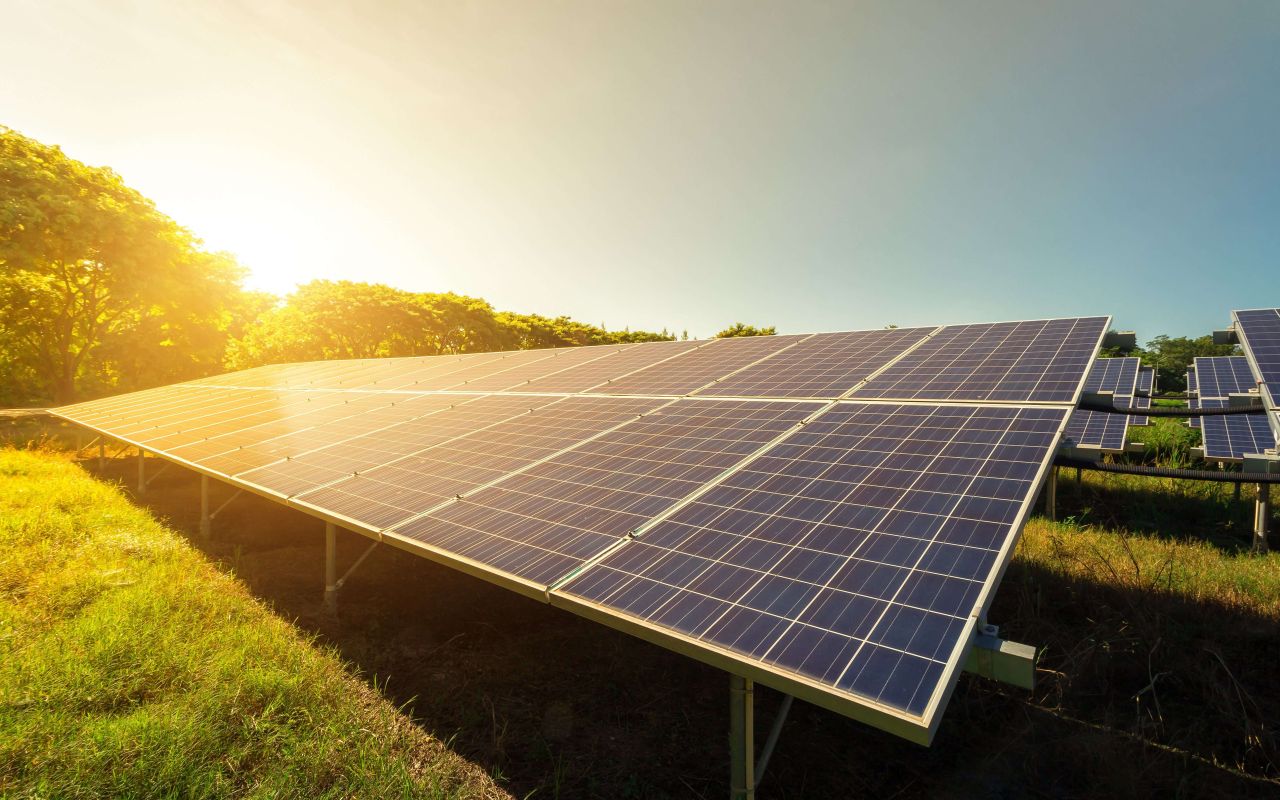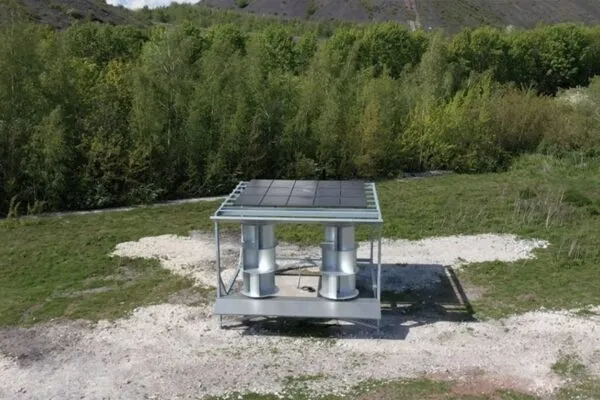Scientists Invent Near Transparent Solar Cell With 79 Percent Clearness
Using indium tin oxide (ITO) and tungsten disulfide (WS2) as a transparent electrode and a photoactive coating, Japanese scientists have created a near-invisible solar cell

Image: Global Heating and Air Conditioning
We have seen several types of solar panels, but not a transparent or near-transparent solar cell, until now. Scientists from the Tohoku University in Japan have built a near-invisible solar cell using indium tin oxide (ITO) and tungsten disulfide (WS2) as a see-through electrode and a photoactive coat, correspondingly. This cell is claimed to have the potency to achieve transparency of 79 percent.
This PV device, also known as Schottky junction solar cell, uses the band necessary for charge separation from an edge situated between a metal and a semiconductor. According to the scientists, inconsistency in the work function between one of the electrodes and the semiconductor detaches the photogenerated electron-hole pairs. Once the generated carriers move to the opposite side, they will generate power.
To achieve near-invisibility, the scientists used WS2, which is a member of the material family recognized as transition metal dichalcogenides. They have suitable band gaps in the visible light scope and maximum absorption co-efficiency per thickness, making them ideal for usage in solar cells.

Image: Tohoku University/Scientific Reports
The scientists wanted to avoid interface impurity while making the solar cells, which can reduce the separation potential of carriers at the interface barriers and can impact the open-circuit voltage of the device.
Published in Scientific Reports, the cell technology was detailed in the paper titled, “Fabrication of near-invisible solar cell with monolayer WS2.” The team said:
The work function of the transparent ITO electrodes was modulated by a thin metal film coating without sacrificing the high transparency of ITO. Large-scale fabrication of the solar cell was also investigated, which revealed that a simple size expansion with large WS2 crystals and parallel long electrodes could not improve the total power (PT) obtained from the complete device even with an increase in the device area.
Through this process, the solar cell achieved a 1000 times higher power conversion capacity than that of an orientation device employing a normal ITO electrode. Moreover, it can succeed in achieving about 79 percent transparency, which could maximize the potential of solar cells in this much-needed renewable energy era.
Via: PV Magazine


